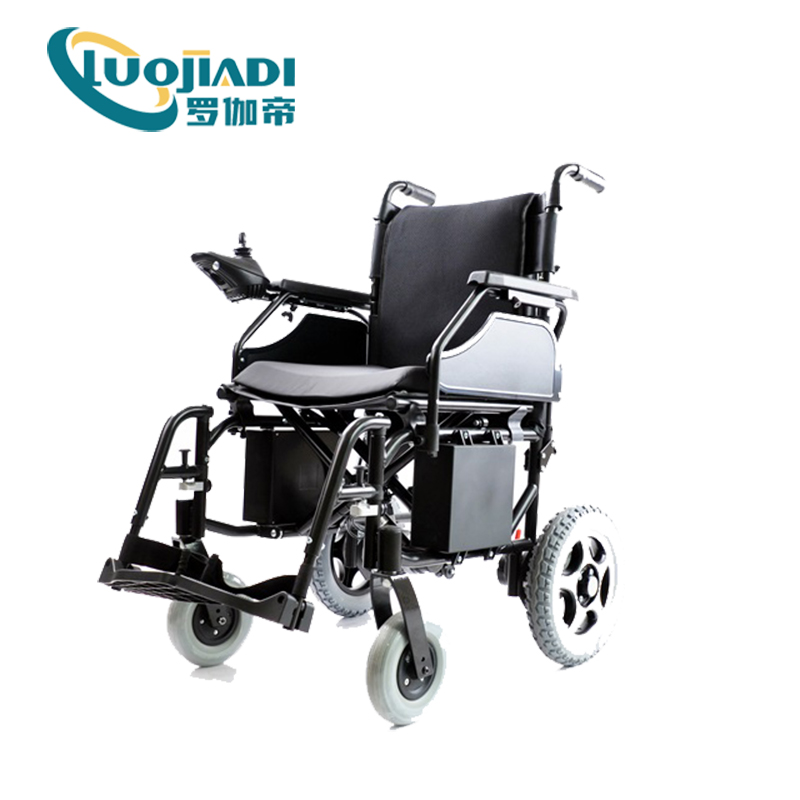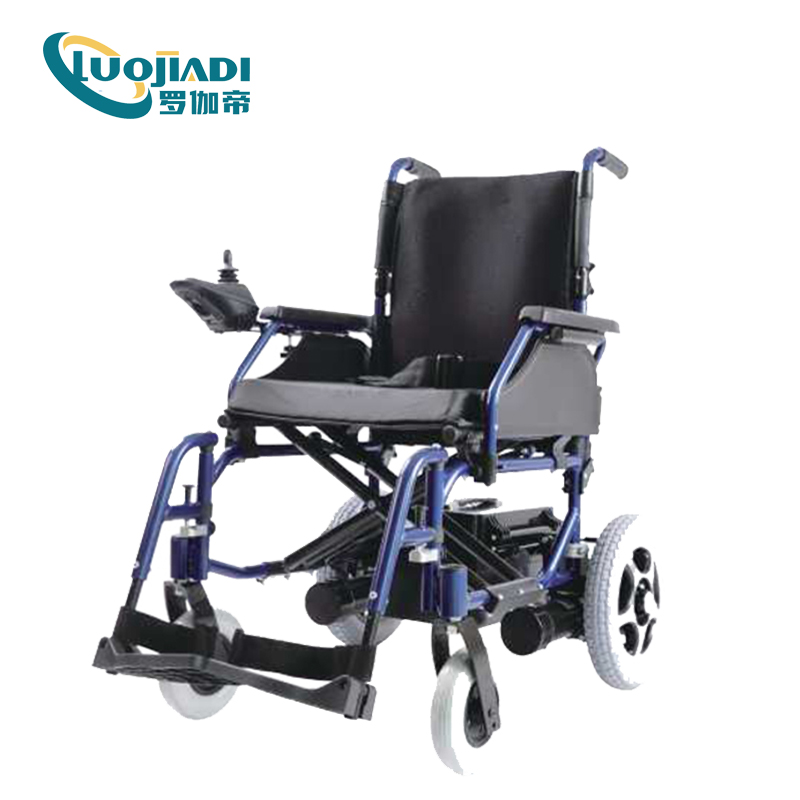Release date: 2017-08-17 Two weeks ago, Academician Lin Dongxuan and Professor Wu Chen from the Chinese Academy of Medical Sciences and Peking Union Medical College published a study in the top journal of the digestive field, Gastroenterology. They found that BRCA1-related protein BRAP is the development and metastasis of esophageal squamous cell carcinoma (ESCC). Important protein that significantly enhances the aggressiveness of ESCC! This also provides a possible target for the precise treatment of ESCC [1]. Academician Lin Dongxuan ESCC accounts for 90% of all esophageal cancers [2], and patients with esophageal cancer in China also mainly present with squamous cell carcinoma. Esophageal cancer is a common tumor in developing countries. China is a major country with esophageal cancer. Henan, Sichuan, Fujian, and Guangdong are all high-incidence areas. The mortality rate of esophageal cancer in Anyang, Hebei, and southeastern Shanxi is high. According to WHO statistics, China's esophageal cancer patients account for half of the global population, and the death toll accounted for 49% [3]! Esophageal cancer is highly invasive and lacks specificity. Most patients are already in the middle and late stages of diagnosis. The 5-year survival rate is only 39% and 4% [2]. Academician Lin Dongxuan, one of the two co-authors of the study, is a well-known expert in oncology genetics in China. Another professor after the 80s, Wu Chen, may be more familiar with the “people who eat melons†because she was the tenth One of the nine winners of the Second China Young Women Scientist Award was praised by various media for “having both value and strengthâ€. Professor Wu Chen is committed to researching malignant tumors of the digestive system such as esophageal cancer, and hopes to promote the precise treatment of esophageal cancer. In an interview with the People's Daily, Professor Wu Chen said that a senior in the field of esophageal cancer had said that the problem of esophageal squamous cell carcinoma can only be solved by our Chinese scientists themselves. Professor Wu Chen (Singularity cake feels that this photo is super beautiful~) Through the Whole Genome Association Study (GWAS), Professor Wu has published articles in Nature Genetics for four consecutive years. They have discovered 11 loci that are associated with the risk of ESCC or the prognosis and survival of patients. Functional division of gene-expressed proteins, if different genes function similarly, can be seen as a locus [4,5,6,7]. The patient's prognosis and survival time are closely related to the invasiveness and metastasis ability of the tumor, so the researchers hope to determine among these "candidates" whether it promotes the progression of ESCC and increases the invasiveness and metastasis of the tumor. To further determine relevance as causality. In this new study, they examined the 47 genes and proteins expressed one by one, and finally found that BRCA1-related protein (BRAP) is exactly the "key one" they are looking for. Schematic diagram of BRAP protein structure In experiments with three cancer cell lines in vitro, 10 of 47 genes promoted migration of cancer cells and 8 inhibited migration. Among them, two of them are particularly "excellent", one is the glycoprotein gene AHSG, and the other is BRAP. When they are knocked down, the migration of cancer cells in the three cell lines is inhibited, while others Can only work on one or two cell lines. Next, the researchers examined the levels of AHSG and BRAP in 94 patients with ESCC who were followed up, and used statistical methods to calculate the correlation between these two genes and survival time, and found that patients with high expression of BRAP died. The risk is actually 141% higher than the low-expression patients (risk ratio HR = 2.41)! In addition, shortened survival was also significantly associated with high expression of BRAP (the risk ratio for patients in stage I and II was 3.43, and that in stage III and IV patients was 2.00). 90% of tumor tissues have high expression of BRAP compared with non-tumor tissues, while AHSG does not find these manifestations and correlations. Survival rate of patients with time curve, left: all patients; middle: stage II patients; right: stage III, IV patients, red curve for BRAP high expression, blue for low expression So researchers began to focus on BRAP, a BRCA1-related protein that recognizes BRCA1 signaling and plays a role in both breast and ovarian cancer. When the researchers knocked down the BRAP cancer cell line into mice, the lung metastasis of the tumor was well suppressed compared to the unknocked. The next step is to explore the reasons. How does BRAP increase the invasiveness of cancer cells and lead to the transfer of ESCC? Through a review of past studies, the researchers found that BRAP knockdown of coronary endothelial cells inhibits NF-κB (a transcription factor protein) signaling pathway [8], while abnormal activation of NF-κB signaling pathway is associated with multiple cancers. The progress is related to the transfer [9]. Therefore, the researchers speculate that in ESCC, BRAP may also mediate tumor metastasis via the NF-κB pathway. NF-κB structure By inhibiting the BRAP protein, the researchers found that 90% of the signal of the NF-κB pathway was inhibited, and the nuclear translocation of the NF-κB protein was also inhibited. What does it mean? In normal cells, NF-κB binds to another protein that inhibits it to form a complex. Such NF-κB is in an inactive state and lives silently in the cytoplasm and cannot “do thingsâ€. However, when some inflammatory factors such as inflammatory factors or ultraviolet rays appear, the inhibitory proteins will "betray" and detach from their complexes, and will be degraded after modification. Without the inhibitory protein, NF-κB is "activated" from the inactivated state. It has broken away from the "binding" and it will quickly enter the nucleus from the cytoplasm, which is the "nuclear translocation" of NF-κB. After entering the nucleus, as a transcription factor, it induces transcription of its related genes, opening the door to abnormal activation of the NF-κB signaling pathway, and NF-κB will begin to “do things†and help the development of tumors. When the researchers stimulated BRAP overexpression, the nuclear translocation of NF-κB also increased accordingly. This indicates that the development of ESCC is through the overexpression of BRAP, stimulates the occurrence of NF-κB nuclear translocation, and makes the NF-κB signaling pathway “openâ€, and then helps ESCC development and metastasis. When the researchers treated the ESCC cell line with the NF-κB inhibitor PDTC, the migration and development of cancer cells were inhibited and the expression of BRAP was also controlled. As a result, the researchers took their view: ESCC can develop and transfer arrogantly because BRAP opened up the sinister path of NF-κB. Comparison of migration and invasion (invasion) between PDBC-treated BRAP-expressing cancer cell lines (green), PDTC-free BRAP-expressing (red), and BRAP-positive control (blue). The control group is set to 1 In addition, the researchers also found two BRAP culprits - matrix metalloproteinase 9 (MMP9) and vascular endothelial growth factor C (VEGFC), which have also been found to promote cancer progression through NF-κB. Or transfer. In this study, BRAP overexpression in the ESCC cell line also "driven" elevations in MMP9 and VEGFC levels, and knockdown of BRAP significantly reduced MMP9 and VEGFC levels. Based on these findings, the researchers concluded that the development and metastasis of ESCC is caused by the BRAP-NF-κB pathway, which is the first to reveal that overexpressed BRAP is an important factor in the abnormal activation of NF-κB signaling pathway, and also suggests other Researchers, both BRAP and NF-κB may be potential targets for the treatment of ESCC. references [1] Zhao Y, Wei L, Shao M, et al. BRCA1 Associated Protein Increases Invasiveness of Esophageal Squamous-Cell Carcinoma [J]. Gastroenterology, 2017. [2] Rustgi AK, El-Serag H B. Esophageal carcinoma [J]. New England Journal of Medicine, 2014, 371(26): 2499-2509. [3] World Cancer Report 2014 [M]. World Health Organization, 2014. [4] Wu C, Hu Z, He Z, et al. Genome-wide association study identification three new susceptibility loci for esophageal squamous-cell carcinoma in Chinese populations. Nat Genet 2011;43:679?684. [5] Wu C, Kraft P, Zhai K, et al. Genome-wide association analyses of esophageal squamous cell carcinoma in Chinese identify multiple susceptibility loci and gene-environment interactions. Nat Genet 2012;44:1090?1097. [6] Wu C, Li D, Jia W, et al. Genome-wide association study noted common variants in SLC39A6 associated with length of survival in esophageal squamous-cell carcinoma. Nat Genet 2013;45:632?638. [7] Wu C, Wang Z, Song X, et al. Joint analysis of three genome-wide association studies of esophageal squamous cell carcinoma in Chinese populations. Nat Genet 2014;46:1001?1006. [8] Ozaki K, Sato H, Inoue K, et al. SNPs in BRAP associated with risk of myocardial infarction in Asian populations. Nat Genet 2009;41:329?333. [9] Karin M, Cao Y, Greten FR, et al. NF-kappaB in cancer: from innocent bystander to major culprit. Nat Rev Cancer 2002; 2:301?310. Source: Singularity Network (micro signal geekheal_com)
The fundamental difference from traditional electric scooters, battery scooters, bicycles and other transportation tools is that electric wheelchairs have intelligent operating controllers. According to the different operation methods, there are rocker-type controllers, and controllers controlled by various switches such as the head or blowing system. The latter is mainly suitable for severely disabled people with upper and lower limbs. Nowadays, electric wheelchairs have become an indispensable means of transportation for the elderly and the disabled. It is suitable for a wide range of objects. As long as the user has a clear consciousness and normal cognitive abilities, the use of electric wheelchairs is a good choice, but it requires a certain amount of space for activities.
power wheelchair,hospital use,homecare product,surgucal equipment Shanghai Rocatti Biotechnology Co.,Ltd , https://www.shljdmedical.com


